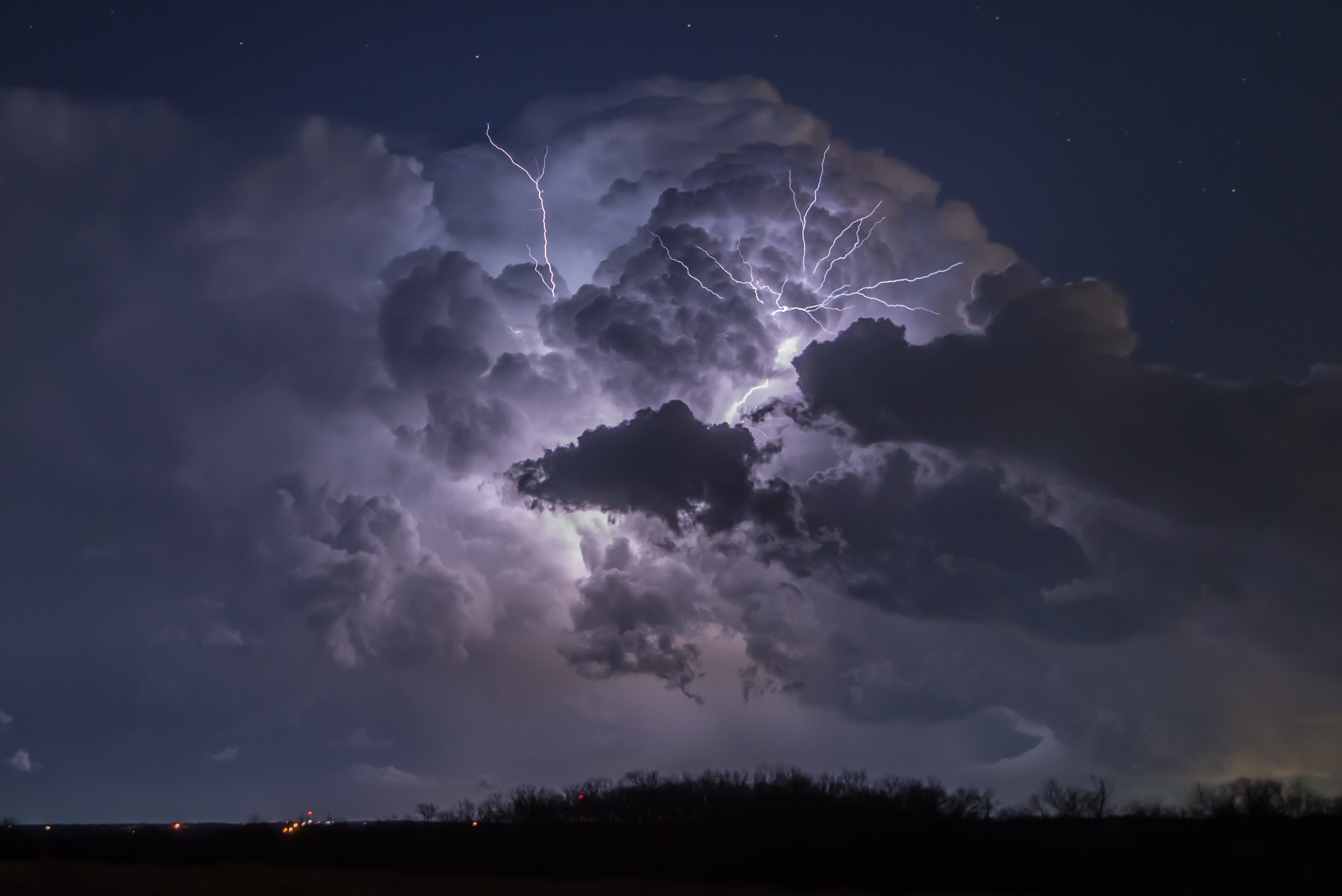Wireless Emergency Alerts (WEA): A Great New Weather Tool For Show Crews
It's spring, and that means the start of severe weather season, and also the time when many of us in show business start working on outdoor shows. I've done a lot of outdoor sound systems and I'm also a storm chaser and weather geek, so when I'm on an outdoor show site, I'm often running real-time radar on my laptop in addition to my sound system alignment software. While I'm monitoring approaching storms out of curiosity, I'm not a meteorologist, and I strongly believe that event producers need to hire professionals to make decisions related to audience and crew safety. But--as show crews--the decision to hire a meteorologist is often out of our control, and while safety is our employer's legal responsibility, it's obviously strongly in our interest to make sure we do everything we can to ensure a safe workplace, especially in light of the spate of recent weather-related show disasters (about which I've written extensively).
In this spirit, in early 2012 I wrote an article (download a copy here) called Weather Resources for Show Crews for PLASA's Protocol magazine, which outlines the process I use to monitor the weather when working outdoors. In April 2012, after the publication of that article, a new form of emergency alert based on the position of your cell phone started becoming available; the system is called the Commercial Mobile Alert System (CMAS), or, more commonly, Wireless Emergency Alerts (WEA). Distribution of these alerts is handled by cell carriers and has been rolling out across the country; last year, many friends were surprised with an alert like this on their phone when there was a severe weather event in their area (this alert on my phone when storm chasing in Texas):
The alerts are accompanied by a sound like the one in the Youtube video below.
There are three types of alerts: Presidential, Imminent Threat, and Amber. Imminent threats include weather warnings issued by the National Weather Service (NWS), all of which most certainly could be an imminent threat to a show site:
- Tornado Warnings
- Flash Flood Warnings
- Hurricane and Typhoon Warnings
- Extreme Wind Warnings
- Dust Storm Warnings
The alerts are special messages that are broadcast from cell towers to nearby phones, and they go through even when there is heavy voice or text network usage (like at a large event). Since the messages are broadcast, the issuer of the alert does not know your cell phone number--the alerts are just issued to every cell phone on a certain carrier in a specific area. All of this is a great thing for those of us who work (or play) outdoors, because it now means that--wherever you are in the country--you can be warned of imminent weather hazards automatically and immediately. This is a functionality formerly only offered by paid apps that could increase your data bill or drain your battery.
Carriers are required to issue the alerts in affected counties, but it's also possible (preferable) that they will target an alert to a tighter geographic area This is great news, since (as I discuss in the article), the NWS issues many warnings onto geographic polygons. For example, here's a tornado-warned storm I was chasing:
The purple box is the extent of the tornado warning; if you are outside that box, then the NWS does not consider that storm to be a threat to you (at that moment, anyway).
My carrier is Verizon, and it seems like they do issue on the warning polygons rather than on a county basis: "Authorized Senders determine which locations will receive a specific alert based on the area defined by the geographical latitude and longitude of the emergency. As circumstances dictate, Authorized Senders will identify targeted areas for each specific alert. Devices compatible with Wireless Emergency Alerts (WEAs) that are operating within the area targeted will receive the WEA. Those devices operating in areas not targeted by Authorized Senders will not receive the alert." This is a good thing, especially if you happen to be on tour somewhere where the counties are enormous, and you might get a severe thunderstorm warning alert while you are many miles away under sunny skies.
The service is "opt out", meaning if your phone has the feature, it will be enabled by default. You can turn off all but the Presidential Alerts; I would recommend keeping your imminent threat alerts turned on. On my Android phone on Verizon, there's an app called "Emergency Alerts", and you can configure your alert reception and notification there:
And of course, as I detailed in the article, the time to make an emergency plan is long before one of these alerts is issued for your show site. Let's keep safe out there!



